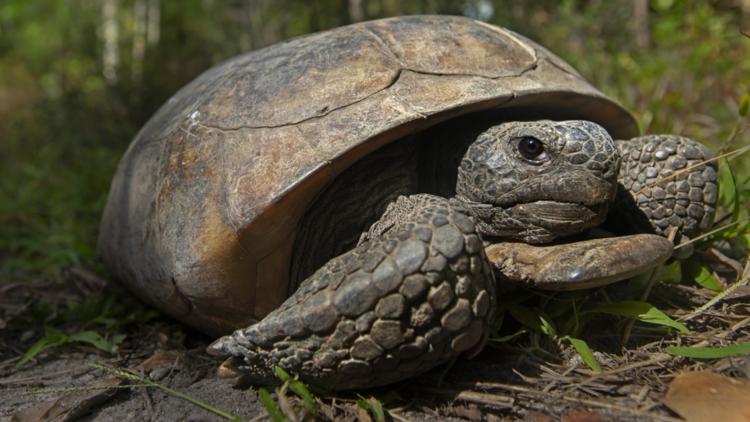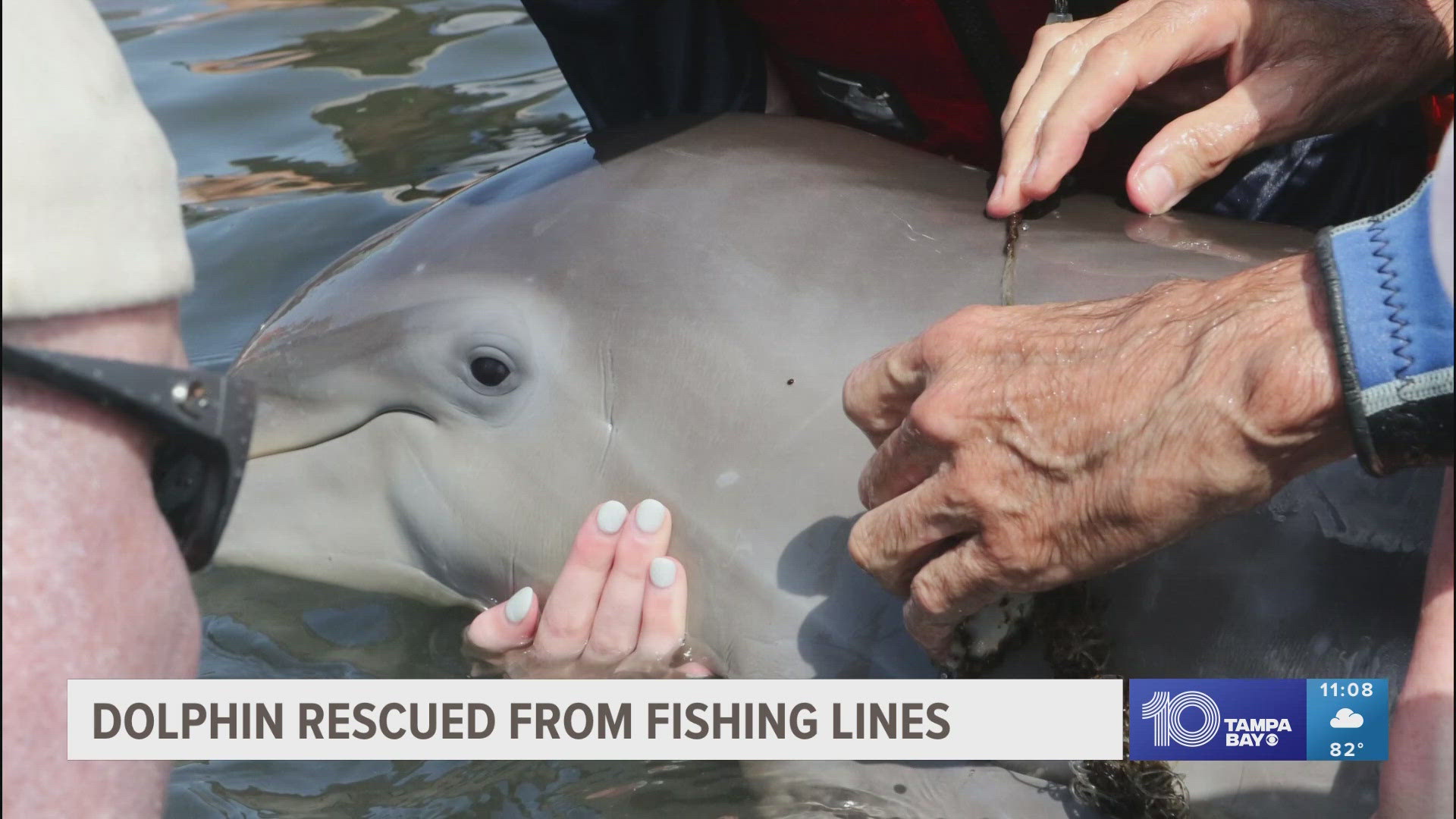ST. PETERSBURG, Fla. — New research is showing that the majority of gopher tortoises could be at risk of extinction in less than 80 years.
According to a study from the Center for Biological Diversity, a new model that details population viability for the tortoises predicts that less than 1% of the species will be around by the year 2100.
This comes after a previous model was discovered to have several errors and overestimated future tortoise populations. It stated that 67% would be around in the same time period.
The flawed model was used so the U.S. Fish and Wildlife Service could deny the species protections from the Endangered Species Act back in 2022, the study explains.
“The previous model was far too flawed to use as a basis for decision making,” said Kevin Shoemaker, Ph.D., a professor of population ecology, in a statement. “I hope the Service does the right thing and re-evaluates their decision. In the meantime, researchers should move quickly to develop a more realistic model to support conservation decisions for this ecologically important species.”
Other errors discovered in the model include a movement of gopher tortoises that produced an "inadvertent positive feedback loop," indicating that the populations were growing faster than biologically possible.
The study also learned the previous model accelerated the rate of sexual maturation of younger gopher tortoises, causing inflated population growth predictions.
“Demographic models are powerful predictive tools for wildlife management decisions, but it’s critical that they be constructed correctly and that the parameters are based on sound scientific data. Unfortunately, the original model that was used to predict the future survival of gopher tortoise populations was significantly flawed and resulted in an erroneous decision by the Service,” said Matthew Aresco, Ph.D., biologist and board member at Nokuse Education, Inc, in a statement.
Researchers explain that the U.S. Fish and Wildlife Service denied protections from the Endangered Species Act for gopher tortoise populations in Florida, Georgia, South Carolina and most of Alabama. Tortoises in Louisiana, Mississippi and western Alabama were allowed protections.



